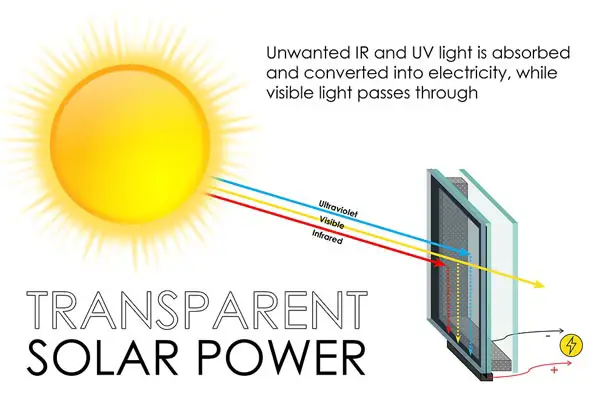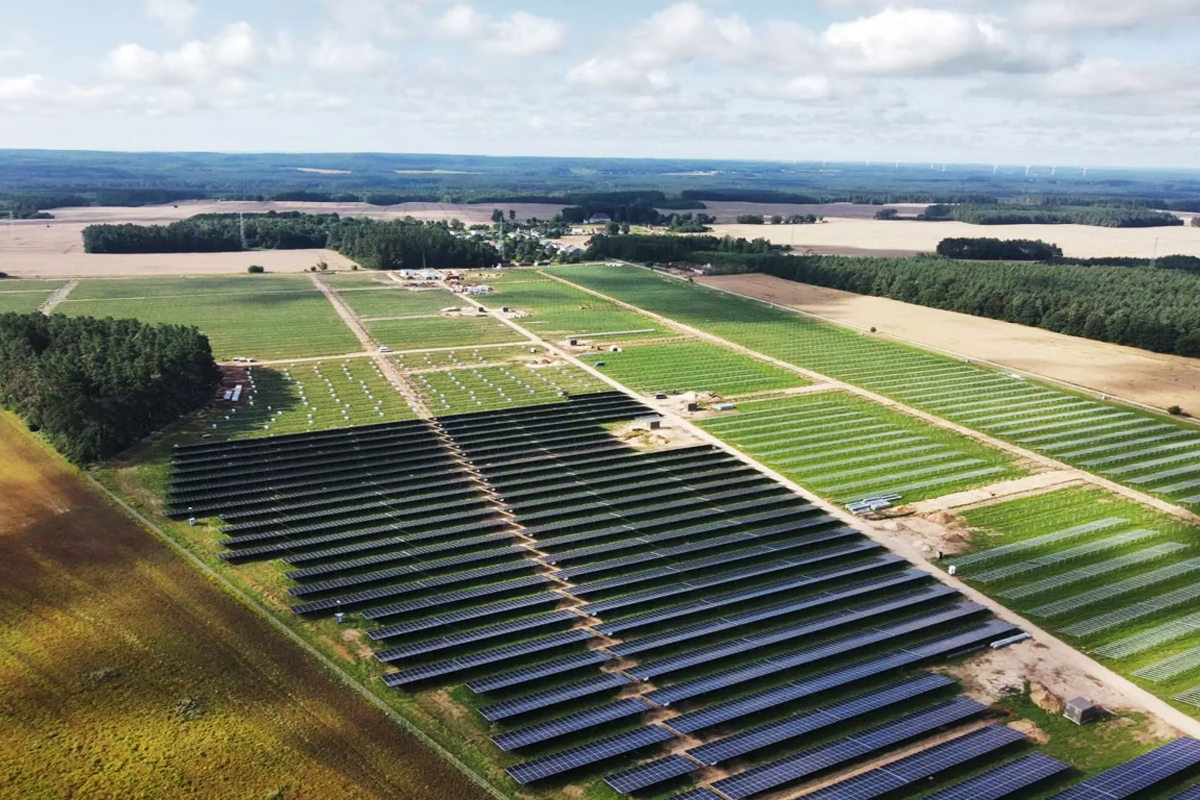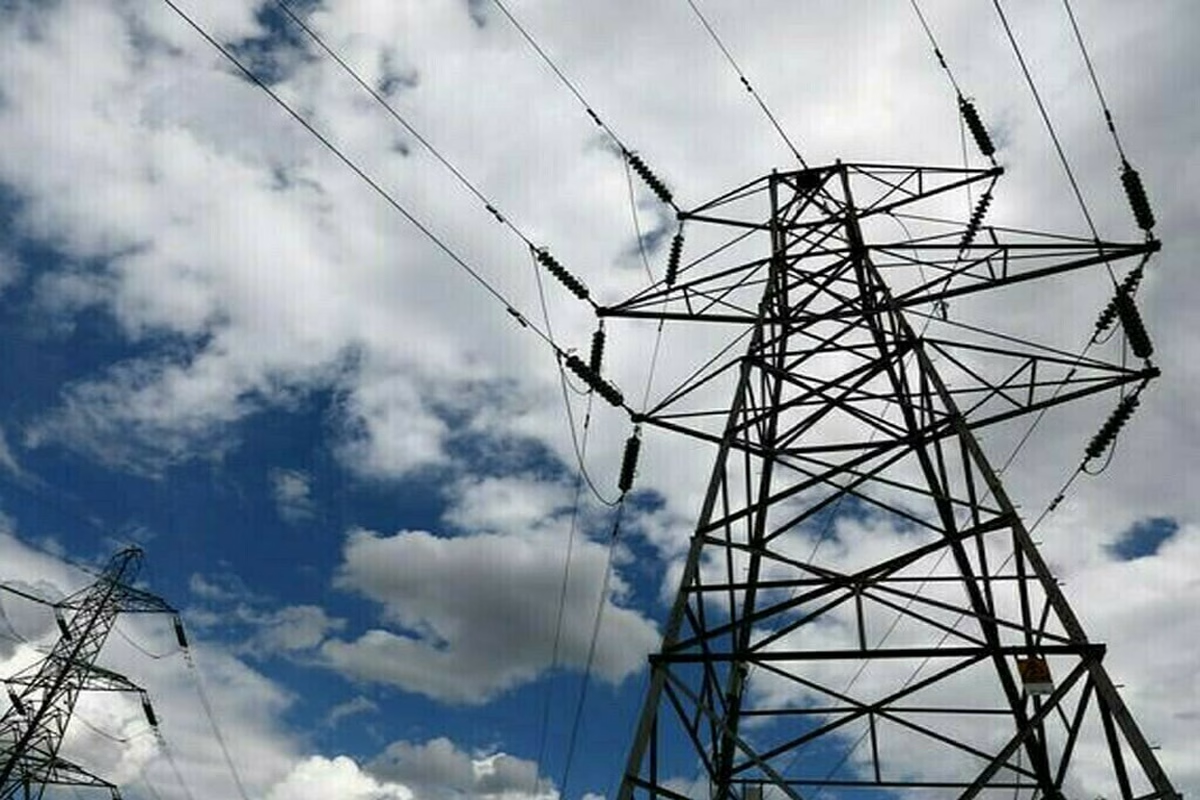
Donald Sadoway named European Inventor Award 2022 finalist for his liquid metal battery
June 7, 2024
Lightsource bp leverages Envision Digital’s AIoT platform for solar assets optimization
June 7, 2024– PV MAG – Apr 28, 2022 EDT,
California-based NEXT Energy Technologies announced the demonstration of a prototype installation of “transparent solar window walls” at the headquarters of its manufacturing and glazing partner Walters & Wolf in Fremont.
The installation utilizes NEXT’s advanced transparent PV coating technology. Proprietary, earth-abundant, and low-cost organic semiconducting materials are coated onto glass in a high-speed, low-cost, and low energy consumption process. This technology transforms commercial windows into energy-producing solar panels by converting unwanted infrared and UV light into electricity to power buildings while remaining transparent to human eyes.

The wall presents the power-generation functionality, transparency and aesthetics, and the seamless integration of NEXT’s transparent solar coating into a standard window-glazing system.
According to the company, these coatings are applied to traditional commercial windows during the fabrication process, integrating with existing manufacturers without disrupting established workflows and supply chains. This merit brings out a capital-efficient business model that reduces risks to customers and removes barriers to adoption while adding value.
In 2021, the California Energy Commission (CEC) approved the 2022 California Energy Code, requiring builders to include solar photovoltaic and battery storage in many new commercial structures and high-rise residential projects.
A study by Architecture 2030 reveals that buildings account for 40% of annual global C02 emissions, of which 28% is a direct result of building operations. However, traditional solar systems and projects alone cannot effectively realize the ambitious climate and clean energy goals.
NEXT’s transparent solar windows contribute a creative and cost-effective approach to generating clean energy in cities.
Commercial buildings are an ideal example of everyday infrastructure that can be re-imagined and improved to reduce society’s carbon footprint. As we advance our technology, we are dedicated to advancing the world’s action against the climate crisis, one window at a time.
—said Daniel Emmett, CEO of NEXT




